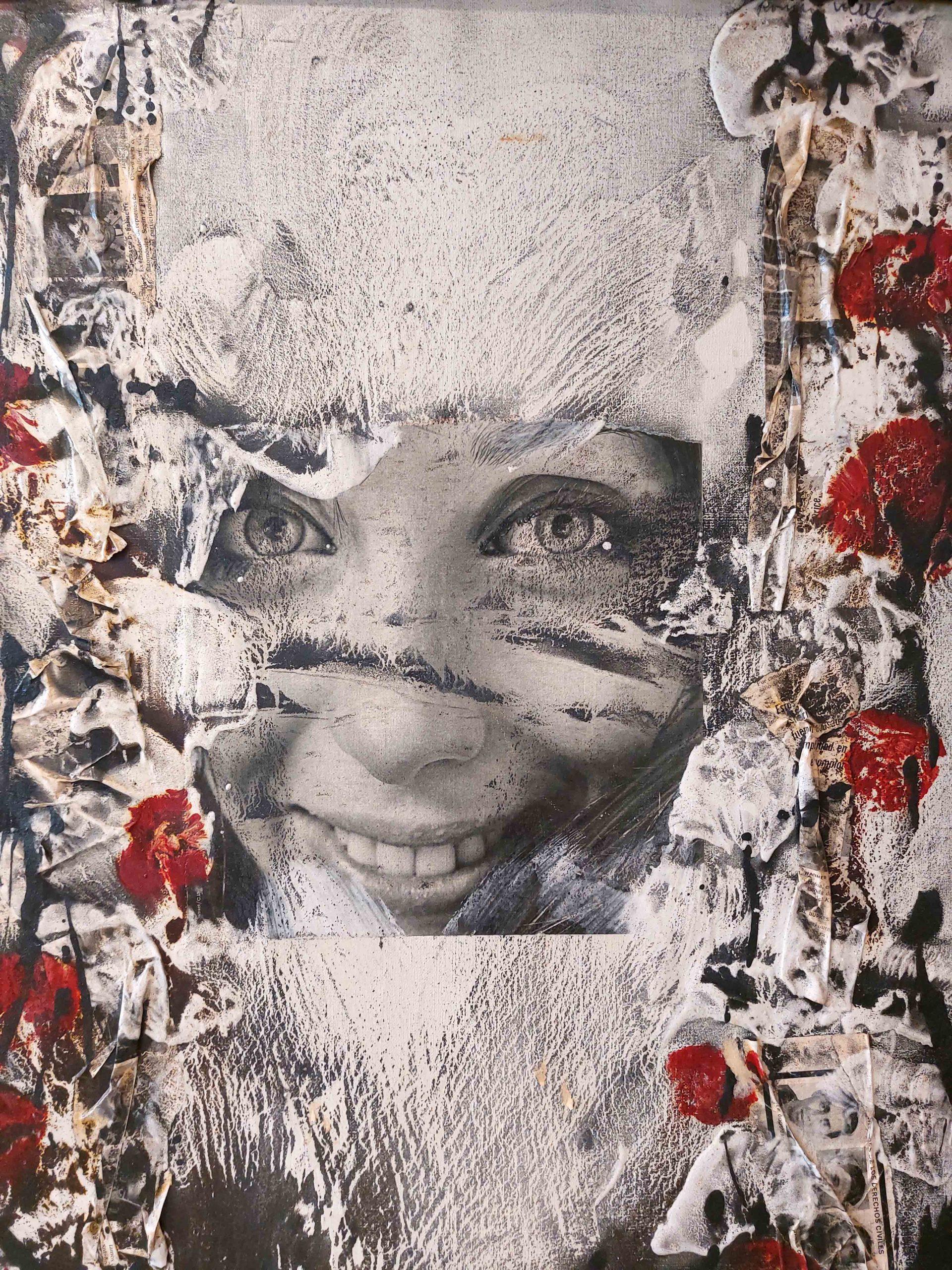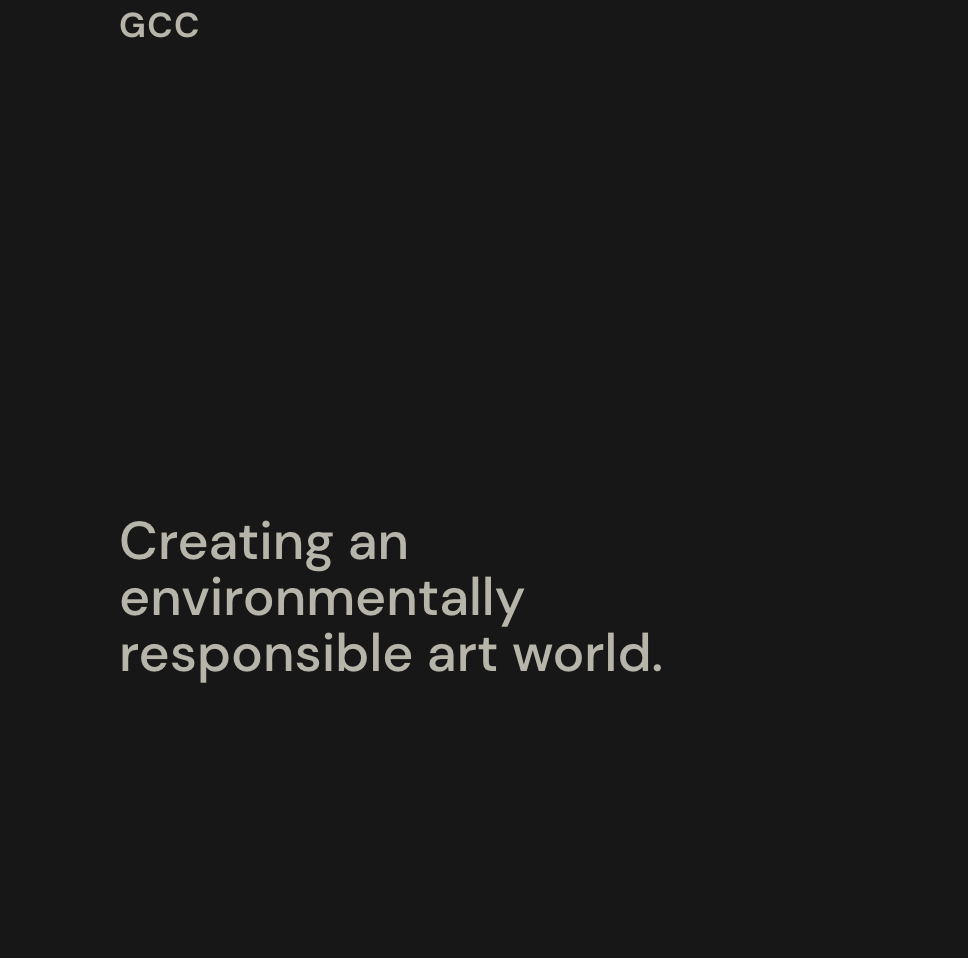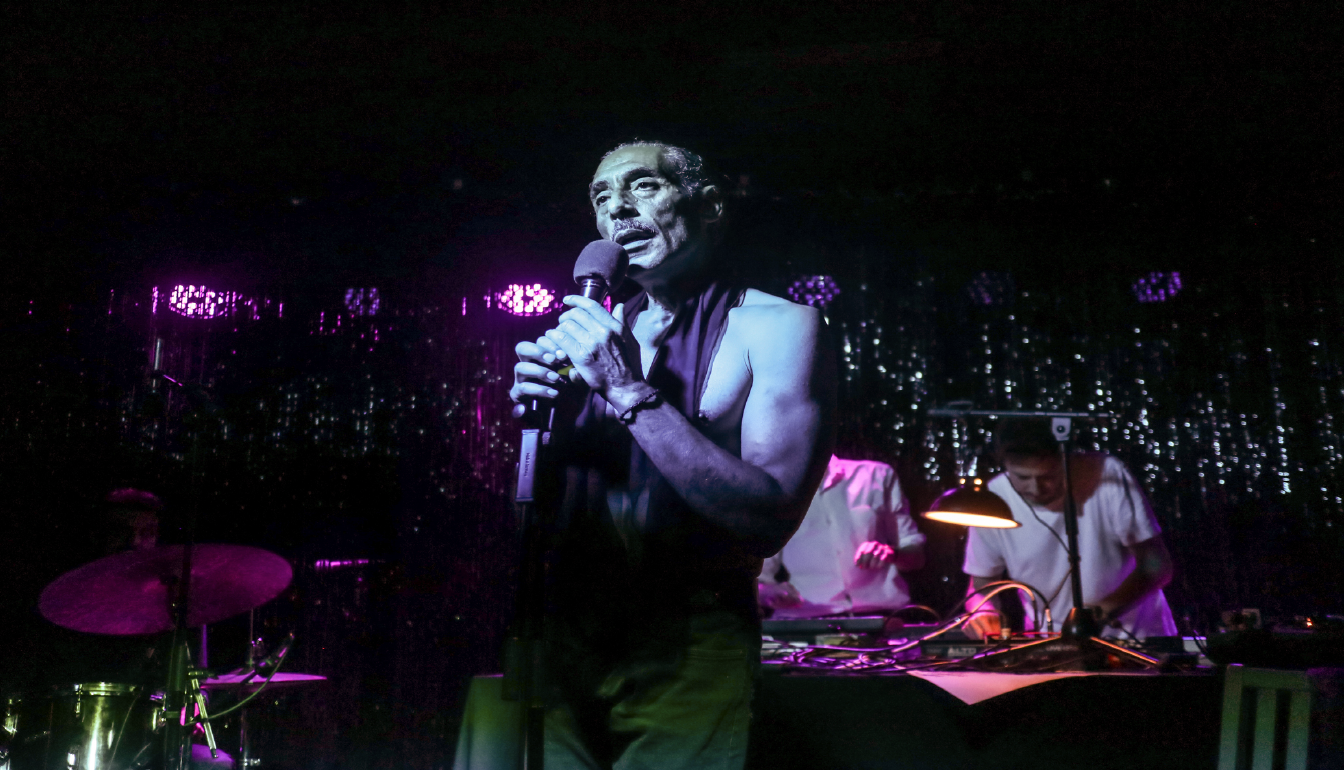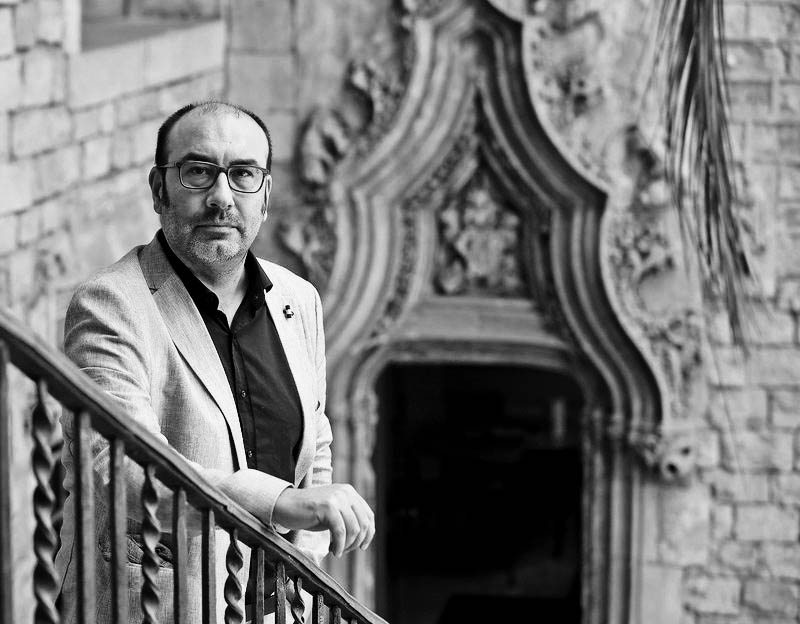reports
The Royal Collections: Goya, El Greco, Velázquez... and Hitler's car in Franco
The Royal Collections Gallery opened its doors on June 29 in Madrid. The controversial center displays 650 pieces of National Heritage linked to royalty, from the Catholic Kings to Alfonso XIII.
Barcelona and Madrid, the two great cultural capitals of Spain, have cultural centers and museums that receive thousands of visitors every year. But, unlike Barcelona's museums, created with the combined efforts and resources of administrations, entities, foundations and private collectors, most of Madrid's large centers are directly managed by the State. The latest example is the new Gallery of the Royal Collections, the great project that opened its doors on June 29 promoted by Patrimonio Nacional, a body dependent on the Ministry of the Presidency, in which 650 works are displayed: painting, sculpture and tapestries by great masters such as Velázquez, Goya, Caravaggio, Patinir, El Greco, John of Flanders, decorative arts, carriages, jewellery, weapons and armour, all acquired and collected by the Spanish kings, from the Catholic Kings to Alfonso XIII.
Concrete 'transatlantic'
This enormous building of granite, concrete and glass, a 40,000 square meter, 145 meter long ocean liner built by Emilio Tuñón and Luis Moreno Mansilla next to the Royal Palace, began construction in 1998 and has cost the public coffers 170 million euros.
The name of the center is not in vain, as explained by its director, Leticia Ruiz, until recently responsible for Spanish Renaissance painting at the Prado: if it were a museum, it would be necessary to attribute the pieces that have arrived from different centers belonging to the Royal Places (Royal Palace, L'Escorial, Aranjuez, La Granja, El Pardo and the Royal Barefoot, among others).
Decapitalization
To avoid conflicts and criticism of "decapitalization" - such as the one that ended with the termination of the president of National Heritage in 2014 after demanding that the Prado deliver works by El Bosco, Rogier van der Weyen or Tintoretto for the new center - , it was decided to call it a gallery , as if it were a huge exhibition hall, in which a third of the pieces are expected to change.
And what can be seen when visiting this new center? After being able to admire works little or nothing seen such as four Solomonic columns created by Juan de Churriguera or an enormous archangel by La Roldana, the first Spanish sculptor in history, in the first room, floor -1, dedicated to the Austrians, the visitor you can see the collections of tapestries and weapons together with works by El Bosco, Tiziano, El Greco, Ribera, Dürer, Velázquez, Carreño de Miranda or Caravaggio. A part of the Umayyad wall and an access gate to the city from the 9th century that appeared during the work to build the building have also been museumised.
On the -2 floor, dedicated to the Bourbons, you can see the plans of the Royal Palace, built by Felipe V after the Alcásser fire, as well as works by Rigaud, Van Loo, Paret, Mengs, Goya, Vicente López, Federico de Madrazo and Palmaroli, among many others.
Outdated project?
In the days before the opening, social networks were full of critics who described the center as "old-fashioned", "centralist" and "excessive", in addition to having the appearance of a "shopping center" and being "unnecessary" in fact that Madrid already has enough museums on offer, with which it will compete for budgets, visibility and visitors. There are no public forecasts for the first few years, although it is expected that the more than one million people who visit the adjacent Royal Palace (12 euros) will finish the tour in the new gallery, after paying another 14 euros .









